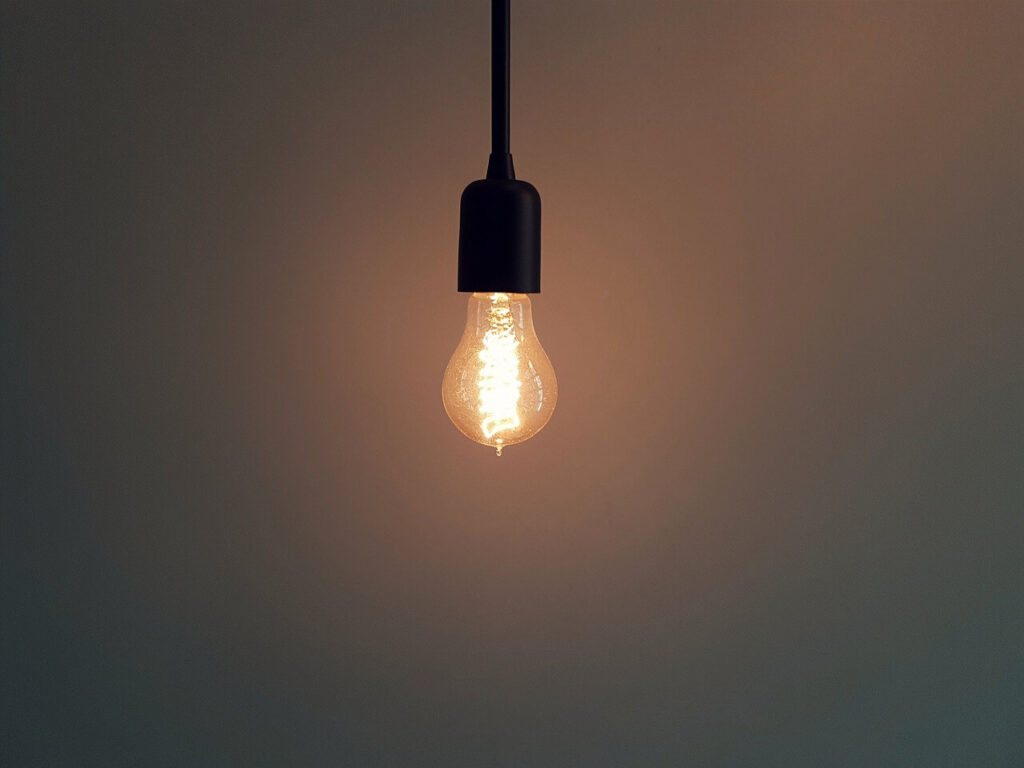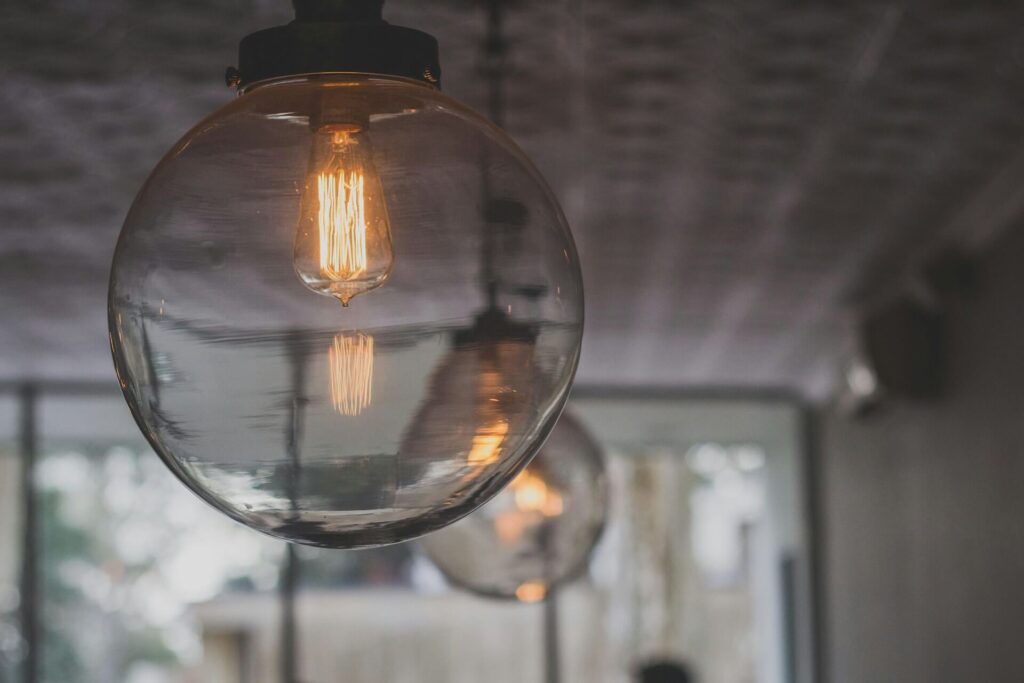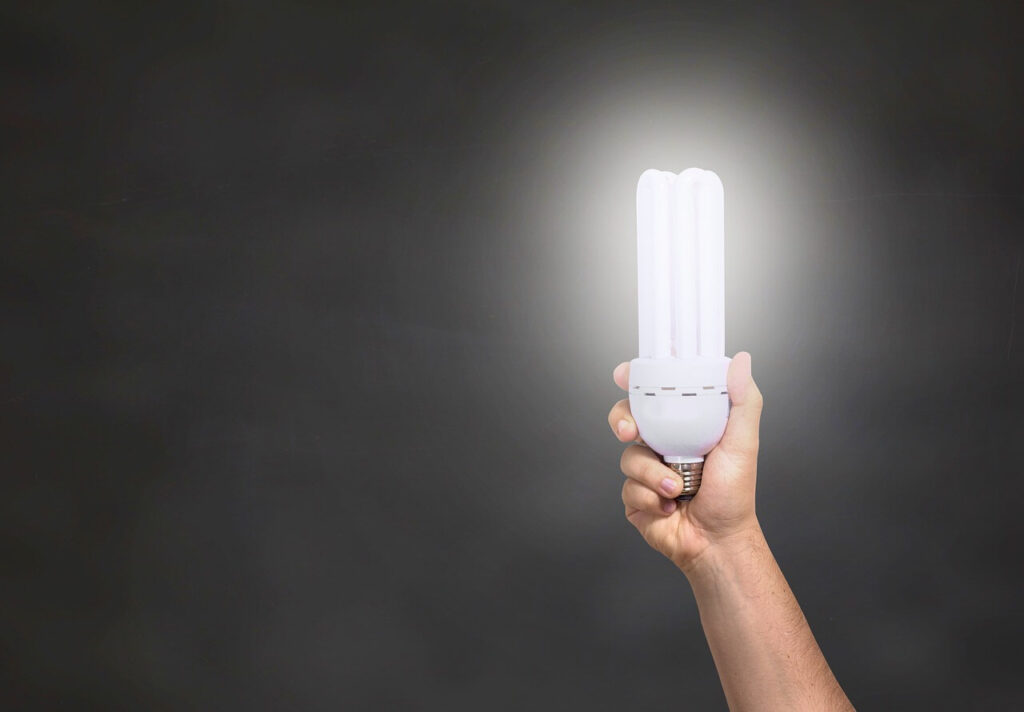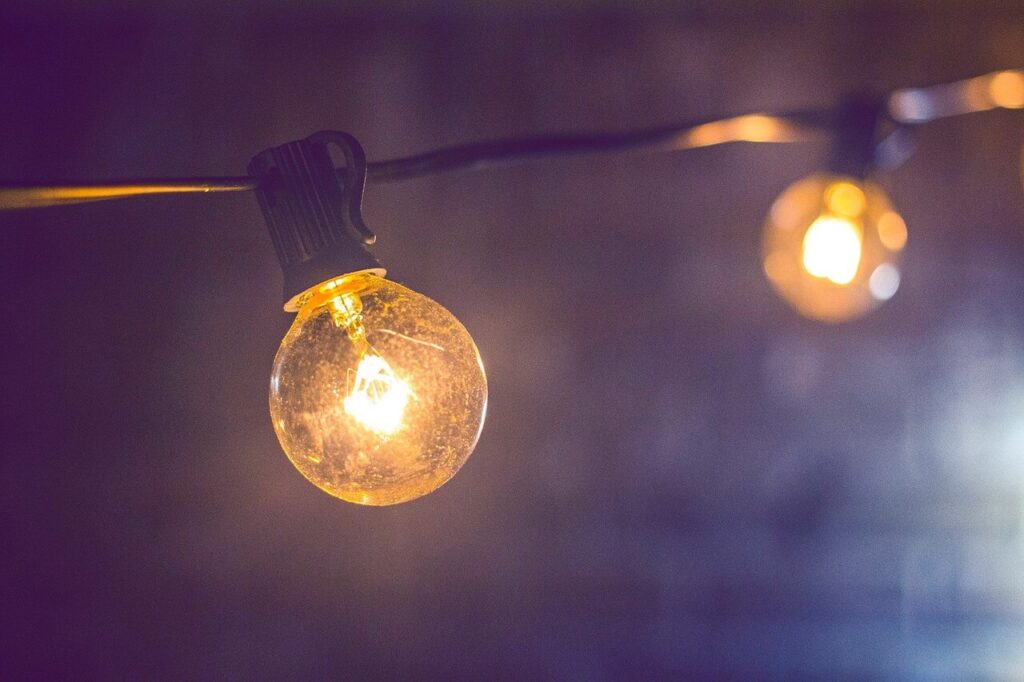Introduction

how long do led lights last have become a popular choice in modern homes and businesses, thanks to their energy efficiency and impressive lifespan. Understanding how long these lights are designed to last can help consumers make informed decisions and realize the full value of their investment. This guide explores the factors influencing LED longevity, comparing them with other light sources, and tips for maximizing their performance.
1. Understanding LED Lifespan
LED lights are known for their durability, but how is the lifespan calculated? Here’s what you need to know:
1.1 Definition of Lifespan in Lighting
The lifespan of an LED refers to the number of hours it can maintain optimal performance. Unlike traditional bulbs that burn out completely, LEDs gradually dim over time. This phenomenon is measured by the L70 rating, which defines the time frame over which the light output is reduced to 70% of its original brightness.

1.2 Comparison with Other Light Types
- Incandescent Bulbs: Last around 750 to 2,000 hours, often requiring frequent replacements.
- Compact Fluorescent Lamps (CFLs): Average lifespan is 8,000 to 10,000 hours, longer than incandescent but still far behind LEDs.
- LED Ceiling Lights: On average, they last anywhere from 15,000 to 50,000 hours, making them a leader in longevity.
2. Factors Affecting LED Lifespan
While LEDs are designed to last for years, several factors impact their actual lifespan:
2.1 Quality of the LED Product
Buying from reputable brands ensures higher-quality materials and manufacturing processes, which directly influence longevity.
2.2 Operating Conditions
Extreme heat, poor ventilation, or exposure to moisture can shorten the lifespan of LEDs. Keeping ambient conditions within the recommended range (typically -20°C to 30°C) helps maintain performance.
2.3 Fixture Compatibility
Using incompatible fixtures can lead to poor heat dissipation or incorrect voltage, resulting in reduced efficiency and shorter life.
2.4 Usage Patterns
Frequent switching on and off has minimal impact on LED performance. However, continuous usage at full brightness can shorten their lifespan faster than intermittent usage.
3.0 Typical Lifespan of LED Ceiling Lights
3.1 Average Lifespan Estimates
LED ceiling lights generally last between 15,000 and 50,000 hours. This translates to several years of low-maintenance usage:
- At an average of 5 hours per day, a 25,000-hour LED could last approximately 13 years.
- A 50,000-hour LED used 8 hours daily would still provide over 17 years of service.
3.2 Real-World Examples
Case studies show varying results based on the factors mentioned:
- Home Installations: Many homeowners report LEDs lasting over a decade without noticeable dimming when used under optimal conditions.
- Commercial Settings: High-use environments like offices achieve longer lifespans with proper maintenance, even with heavy daily use.

4. Signs Your LED Ceiling Light Needs Replacement
Even durable LEDs have limits. Watch for these signs indicating it’s time for a replacement:
- Dimming or Flickering – Reduced brightness or irregular flickers are early warning signs.
- Decreased Brightness – If the room feels darker, it’s a sign that the light output has reached the L70 threshold.
- Color Shift – A noticeable change in the light’s color temperature often signals aging components.
- Physical Damage – Cracks or damage to the bulb or fixture demand immediate replacement.
5. Maximizing the Lifespan of LED Ceiling Lights
To get the most out of your investment, follow these tips:
5.1 Proper Installation
Ensure correct voltage and compatible fixtures during installation. This prevents overheating or overloading the LED circuitry.
5.2 Regular Maintenance
Dust and debris accumulated on fixtures can block airflow and shorten lifespan. Regular cleaning is crucial.
5.3 Choosing the Right Dimmer Switches
Not all dimmers are compatible with LED lights. Use LED-specific dimmers to avoid damage.
6. Environmental Impact of LED Lifespan
LED lights not only save money but also contribute to a greener planet.
6.1 Energy Efficiency
LEDs use up to 80% less energy than traditional bulbs, significantly reducing your carbon footprint.
6.2 Reduced Waste
Fewer replacements mean less waste sent to landfills compared to incandescent or CFL bulbs.
6.3 Sustainability Comparison
Their long service life and energy efficiency make LEDs the most sustainable lighting option in the market today.

7. Frequently Asked Questions (FAQs)
7.1 What to do if my LED light burns out?
Check if it’s under warranty and replace it with a high-quality model for better durability.
7.2 Can LED bulbs be reused?
Some components, especially heat sinks, may be recyclable. Contact local recycling centers for guidance.
7.3 Are there warranties on LED lights?
Most reputable brands offer warranties ranging from 3 to 5 years, covering product defects.
Conclusion
LED ceiling lights are a reliable and long-lasting lighting solution with countless advantages over traditional bulbs. By understanding their lifespan, the factors that affect it, and how to maximize their performance, you can enjoy years of bright, efficient lighting.
Don’t wait any longer – upgrade to LED ceiling lights today and experience the many benefits they offer! Share your experience with others and help spread awareness about sustainable lighting options. Together, we can make a positive impact on our environment

Unlock the full potential of your smart home device. Learn how to connect, automate, and optimize your smart devices for a seamless and convenient lifestyle.

